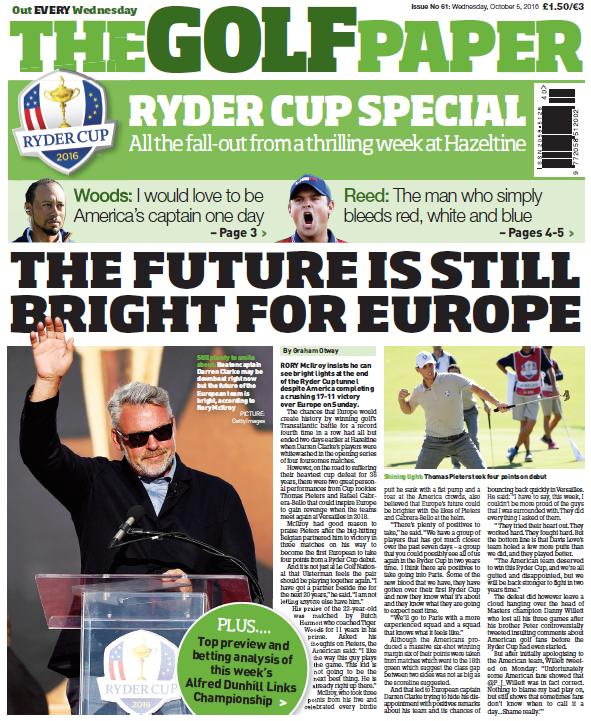Golf news
How to Solve a Problem Like Bryson: Will Driving Distance Increase End Golf as We Know It?
For all the weirdness that has happened in 2020, still ranking high among the list of most unexpected things that this bizarre year has offered up is Bryson DeChambeau emerging from lockdown as a 235lb monster – a considerable ‘bulking up’ from a man formerly known as The Scientist.
Steak and weights aren’t going to turn you into an elite golfer overnight, but the feeling is that Bryson wasn’t far from being the best in the business prior to his muscular expansion, and in adding 24 yards to his game, the picture changes considerably.
Since the resumption of the PGA Tour in June, DeChambeau has played in 12 tournaments. In that time, he has won his first major at the U.S. Open, triumphed in the Rocket Mortgage Classic, recorded top-five finishes in the PGA Championship and the Charles Schwab Challenge and delivered three other top-10s.
Despite his former moniker, there wasn’t much science to the 27-year-old’s approach in his pair of wins – he simply hit bombs off the tee and then wedges in or out of the rough on approach. With the thick stuff kept short due to the lack of on-course spectators trampling it down, Bryson was hitting short wedges close to the pin with relative ease.
At Winged Foot for the U.S. Open, many thought that his bombastic approach would come unstuck. But, in the end, his logic prevailed – after all, just 39.6% of fairways were hit by players of any length, so why miss the short stuff 290 yards off the tee while trying to hold the fairway when you could drive the ball 350 yards and not be any worse off?
Length is typically an advantage at pretty much all golf courses, and especially so at Augusta National – it’s no coincidence that Bryson is the favourite in the outright winner golf betting odds for The Masters.
So is any track safe from Bryson’s bold new world?
Bryson Proofing
The R&A has joined forced with the USGA to work on its Distance Insights project, and while recent events have put a temporary halt to their research, already the programme has delivered a rather challenging early conclusion.
“We believe that golf will best thrive over the next decades and beyond if this continuing cycle of ever-increasing hitting distances and golf course lengths is brought to an end,” the report read.
The question, of course, is how do you physically stop players adding length to their game?
A number of technological aspects have been mentioned, from a ‘heavier’ tournament ball to a scaling back of driver head size, but the reality in Bryson’s game is that his increased power didn’t come from working hard on the range, it came from pumping iron in the gym.
Golf courses can’t change their nature either, and even tracks where you wouldn’t expect Bryson to thrive – think heavily doglegging layouts like Colonial Country Club – are susceptible when he is able to launch his drives and essentially cut corners.
Let’s also be fair – DeChambeau possesses fantastic touch around the greens and an increasingly reliable putting stroke, so there are no concerns of long drive champions suddenly going out and winning majors.
But huge driving beasts with a quality short game? They pose the biggest threat to the future of this unique sport that typically embraces all shapes and sizes.





